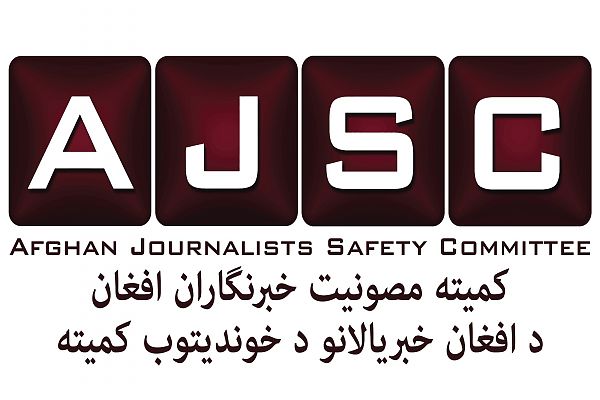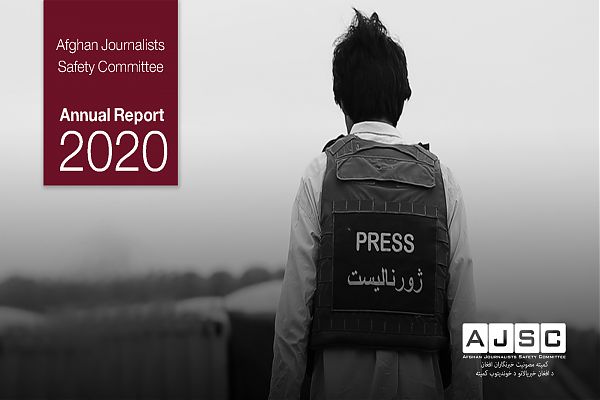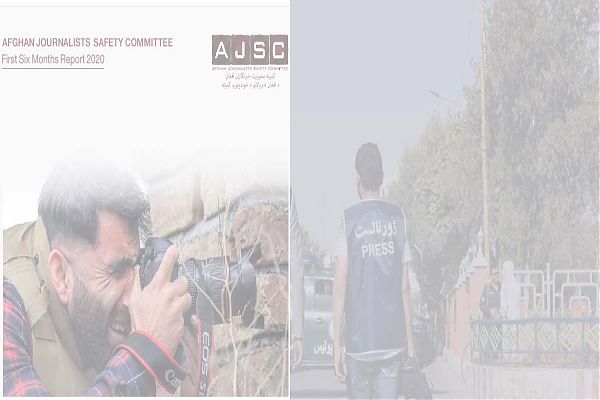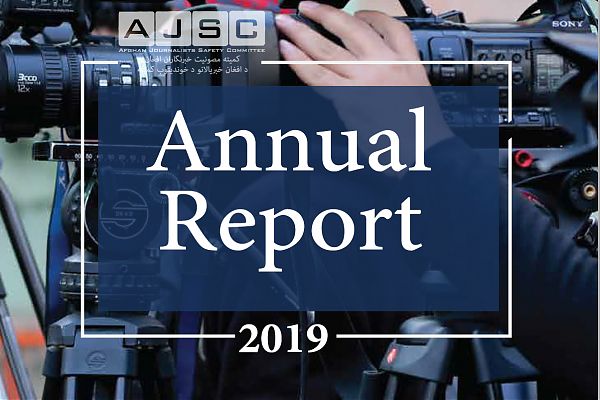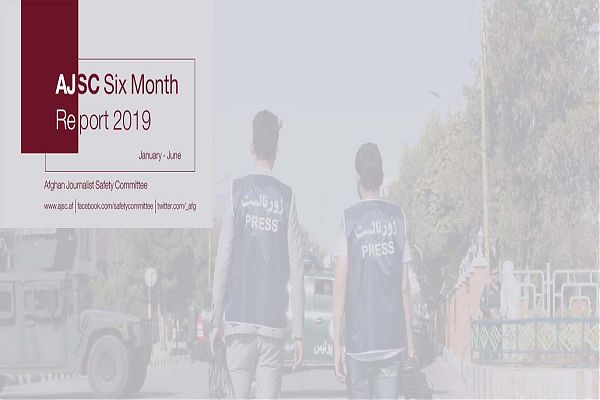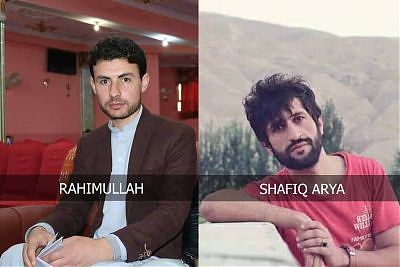Violence against Journalists in Afghanistan
The violence against journalists has gone alarmingly high in 2014 – a 60% increase during the first six months of this year compared to the same time period of the last year indicates that the scope of journalistic activities is becoming increasingly limited in the country. As of the beginning of 2014 to 1.7.2014 a total of 68 cases of violence against journalists have been recorded and investigated of which five murders and the rest include verbal and physical assault and different types of threats. In the first six months of 2013, only 41 cases were recorded by the Afghan Journalist Safety Committee.
The main causes of increased violence against media workers include election atmosphere and the ensuing insecurity, the growing indifference of the government towards the safety of journalists, and impunity of the culprits. Unfortunately, currently no specific laws that make violence against journalists punishable exist in Afghanistan.
Lack of interest on the part of Afghan government in following up with the cases of violence and murder of journalists also contributes to escalation of violence against media workers. On the other hand, the fading attention of the international community to freedom of expression and media in Afghanistan has emboldened the powerful, corrupt and anti-freedom of expression elements within and outside the government to use force and violence against journalists and increase challenges ahead of freedom of expression in the country.
Killing of media workers also increased
The first murder of a journalist this year was the mysterious case of The New York Times reporter Noor Ahmad Noori in Helmand province. The sequence was followed by the death of Shahid Nayeem, who worked as a producer with Radio Nawa in Kabul. He lost his life in a targeted Taliban suicide attack while he was heading to office. The subsequent murder of Sardar Mohammad with his three family members in the five star hotel Serena in Kabul (Taliban attack) shocked the both the journalist community in Afghanistan and outside the country. Sardar Ahmad was one of the most famous and senior journalists of Afghanistan.
Nils Horner, a Swedish journalist was working on the case of attack on the Lebanese restaurant in Kabul in March, when he was shot dead by unidentified individuals in one of the safest parts of Kabul city, Wazir Akbar Khan area. In less than one month after Mr. Horner’s murder, a German journalist Anja Niedringhaus, who was on a visit to Khost province to cover elections, was killed by a policeman while her colleague Kathy Gannon was seriously wounded.
Sources of threat
Of the total of 68 cases of violence against journalists during the first half of 2014, government officials and security forces account for 63.23% of the cases which again shows the highest rate of involvement of the government in violence and intimidation against journalists. Similarly, unidentified individuals account for 16.17%, the Taliban account for 11.76% and local powerful figures account for 8.82% of the cases of violence against journalists.
International journalists more targeted
The murder of the Swedish journalist Nils Horner who was killed by unidentified individuals in Kabul followed by German journalist Anja Niedringhaus’s murder by policeman in Khost province raised many concerns over safety of international journalists.
The increased threat to international journalists has resulted in a diminished presence of foreign journalists in Afghanistan contributing to poor coverage of Afghanistan’s issues for worldwide audiences. This is a harmful phenomenon for Afghanistan because decreased news coverage of Afghanistan will contribute to isolation of Afghanistan from international community’s agenda.
Elections and media
Media outlets played a remarkable role in the 2014 elections. They covered elections with commendable maturity and considerateness and were able to provide comprehensive awareness on the importance of elections, the process and timeline as well as introduction of the candidates and their agenda. However, after the second round of elections, some media outlets began following ethnic agenda.
Insecurity and insufficient access to information were the key challenges for journalists during the elections. Difficulty of traveling to remote polling stations and centers, and the threats of powerful individuals and armed anti-government groups has made work difficult for many journalists.
Social media also played a fundamental and effective role with regards to raising awareness about elections. Social media were an important factor in encouraging the public to participate in this process. The active presence of the users of social media, who promoted participation in elections as a national obligation, had a considerable role in increasing the public turn out. However, regretfully, social media became more polarized during the run off phase and played a destructive role by ethnicization of the elections.
None of the presidential elections candidates presented a specific well-formulated plan to contribute to further growth of the freedom of expression and activities of the media in the country. None of them were heard presenting a tailored agenda supporting sustainability and improvement of media activities. This has given a straight cause to concerns over the future of freedom of speech in the country.
In the light of increasing challenges for media and journalists, Afghan Journalist Safety Committee in cooperation with media outlets and other media support organizations has increased its efforts for the protection of media workers and freedom of expression. For instance, bringing together managers of media outlets to agree on a resolution, which obliges media to adopt a conflict sensitive approach towards electoral matters after the second round of elections was a significant achievement.
Note: To read the full report, click here.

